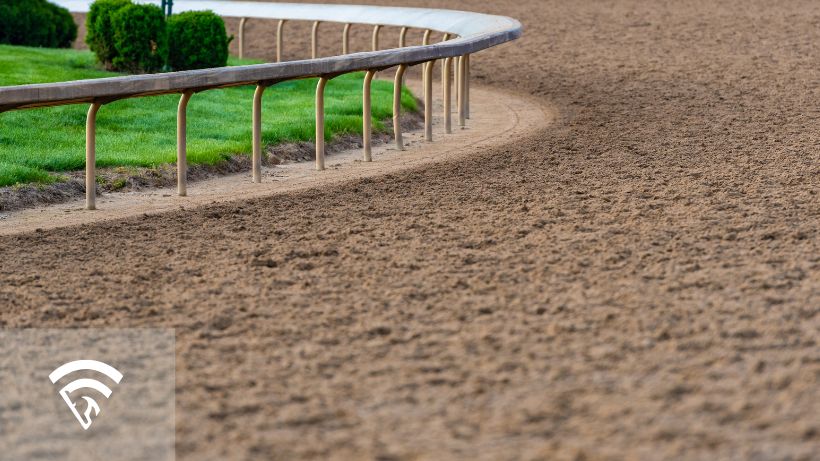What is a Bullring Track in Horse Racing?
A bullring track in horse racing is a smaller-than-standard oval, often measuring less than a mile in circumference. Named for its tight, ring-like layout, a bullring frequently features sharp turns and shorter straightaways, compelling both horses and jockeys to adapt their racing styles. While these tracks may be less common at top-tier venues, they offer a unique challenge and can foster thrilling, close-quarters competition that tests agility, speed, and precise maneuvering.
Why Are Bullring Tracks Important?
-
Strategic Racing Environment
- Horses running on a bullring must negotiate tighter turns, which can favor those with good balance and agility, and riders skilled at cornering without losing momentum.
- Pace often plays a decisive role, as a quick start or tactical positioning can make it difficult for late-running horses to catch up in time.
-
Jockey Skill and Adaptability
- Jockeys who master bullring nuances—like saving ground on the rail and timing their moves around sharp bends—can significantly influence outcomes.
- Navigating traffic can be more complex, as fields remain bunched up due to limited straightaway space.
-
Regional and Grassroots Racing
- Many smaller circuits or county fair meets utilize bullring tracks, creating an accessible, community-oriented racing environment.
- Up-and-coming jockeys and trainers often hone their craft at these venues before moving on to larger tracks.
-
Entertaining Spectators
- Because the action unfolds on a tighter loop, fans get a close-up view of the race, following each stride and turn with an intensity sometimes lacking on bigger ovals.
Key Differences Compared to Standard Tracks
- Track Circumference: Bullrings are typically 5/8 to 7/8 of a mile around, as opposed to the standard mile or larger circuits.
- Tighter Turns: Horses must decelerate or balance more effectively to handle the sharper bends.
- Pace Dynamics: Front-runners may benefit from controlling a moderate tempo, while closers risk running out of real estate in shorter straightaways.
- Surface Wear: Smaller track layouts can concentrate wear patterns, creating variable footing that handicappers should monitor.
Tips for Handicapping Bullring Races
-
Study Horse Conformation and Running Style
- Agile, well-balanced horses handle the turns better. Horses proven on tight circuits or workouts may have an advantage.
-
Analyze Jockey Experience
- Look for jockeys who frequently ride bullring tracks, as they often know optimal positioning, safe passing zones, and rail strategy.
-
Review Pace Scenarios
- Early speed can dominate if the track historically favors frontrunners, especially with limited distance to reel them in.
-
Check Recent Form on Similar Layouts
- A horse’s success at other bullring or shorter ovals suggests compatibility with tight turns and short straightaways.
At venues where every step counts and corners come up fast, bullring racing offers an exciting twist on the usual mile-long oval. While EquinEdge focuses on AI-driven handicapping insights—like pace analysis, speed figures, and real-time odds—understanding how a smaller track’s layout impacts each horse’s performance can further refine your wagering strategy. Sign up on EquinEdge to get started.
